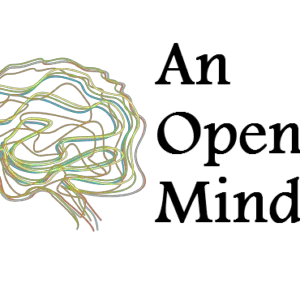INTRODUCTION
Origami (paper folding) is a form of art. Though, like other art forms, it does not require a particular age or some special skill to perform it. The only skill required for this is creativity. A creative mind can do wonders in origami. Once mastered, it is a beautiful piece of art to enjoy.
Basically, origami involves paper folding. As simple as it sounds, the process gets tricky as you evolve from trying out easy origami to more complicated ones, like music perhaps. Like dancing, origami too is a physical activity. One has to start practicing right away to acquire the knack for it. It is all about various twists and turns you do with the paper to get artistic outcomes.
ORIGIN
The word ‘origami’ originates from Japan. The words ‘ori’ means ‘folding’ and ‘kami‘ means ‘paper’. The word ‘kami‘ changes to ‘gami‘ due to ‘rendaku‘, which is a phenomenon of Japanese speech. Uncovering an encyclopedic history and origin of the art of paper folding is almost impossible. There are certain credible assertions that the practice of doing origami was started by the Japanese. Though paper was first invented in China around 100BC, Japan brought these costly items for their personal needs.
This art was correlated with their culture. Japanese strictly practiced the art of paper folding for ceremonial purposes. By the Edo period, this art becomes famous for its use other than ceremonial purposes. They were less rigid about their rules and allowed multiple cuts and folds. Their best known, first-ever, origami model is the “Japanese paper crane”.
Other than this, Europe too has been speculated to have started this art. They too had a tradition of paper folding. In later years, the Spanish spread the art further, by getting more artistic in folding papers. Both Japanese and Spanish slowly got their children involved in this. They started developing easy origami for kids. There are other origami societies around the globe.
DIFFERENT TYPES OF ORIGAMI
There is a special (easily accessible) type of paper to use for making one. It is known as origami paper. It comes in vibrant shades of color and adorable designs too.
Origami has diversified and evolved from being mere boats. They are being folded into moving figures and puzzles to be solved by some freshman-year students. There are roughly 80 types of origami. Some of the types have easy origami while some are a bit difficult. Some of the types of origami are:
Action origami— It includes origami that is in motion. For instance, a model that could fly using the kinetic energy of a person’s hand.
- Modular origami—It is a collection of small identical pieces assembled to make one complete model. While, shaping the small pieces can be simple, joining the final pieces could be tricky.
- Wet-folding—Creates a model with gentler curves that edge straight lines and flat surfaces. It can produce more natural-looking models.
- Origami tessellations—It allows for giving more twists or pleats to a model.
- Strip folding—It is a combination of paper weaving and folding.
- Pureland origami— This is another type, wherein a model, only simple, straight folds are to be made. This was used for those with limited motor skills.
- Math Education—This art could be used to study subjects as complex (to most) as Mathematics. The mechanics of origami is often used in spacecraft.
ORIGAMI FOR KIDS

Children are becoming addicted to electronic gadgets, even more than before. They should take more part in physical activities or other curriculums. The best way to engage kids from a very young age is by folding papers. Origami does not require a minimum age to get started. Kids from elementary or secondary grades can make models with origami. There are loads of easy origami for kids, like a simple cat or bunnies. There are some difficult or tricky ones for kids too. Kids can enjoy creating models to pass time, during their school breaks. For children, it has the following benefits:
- Fine Motor Skills- The process of folding paper is usually assumed to train the child’s motor skills. It aids in shaping the child’s thoughts and emotions.
- Meditation- Paper folding is a great tool for meditation. It helps the child to concentrate on studies and other things. It also helps in bringing out the creative aspect of a child.
Tools:
To start origami, you need origami papers of different colors. Here is a link from Amazon.com to buy origami papers to help you and your kid get started with origami:
Cheap 200 sheets-20 Colors Origami papers
Conclusion
Today, the art of origami has extended from being mere art for home decoration to local and international organizations. They are formed to publicize the art. Other than that, this art is used in teaching advanced mathematical theories, observations, and experiments. Origami is used for solving puzzles, and increasing mental agility. It is interesting how a piece of paper could bring out the best in a person. How a piece of paper can give so much joy to others. We should embrace this art, and spread it among everyone around us.
We have excellent tutorial videos of Origami. If you are interested, please register here and be our Paid Member.
Reference:
https://en.wikipedia.org/wiki/Origami
http://ecs.engr.scu.edu/studentpages/Wilcox/KMT2015/types.html
https://www.pbs.org/independentlens/between-the-folds/history.html
Infographic:
SUBSCRIBE to our Newsletter & get cheat sheet on "How to get traffic in your website" & FREE access to our Video course on Mexican Cooking. Instant delivery!










